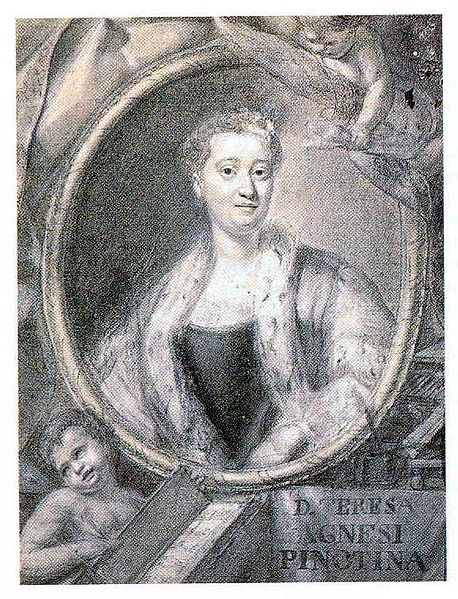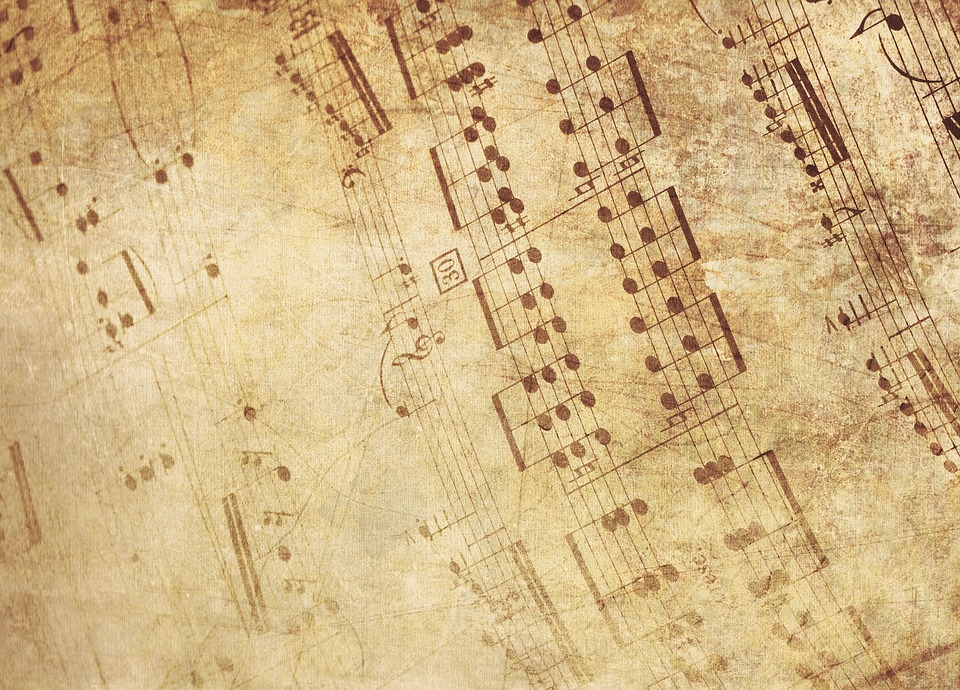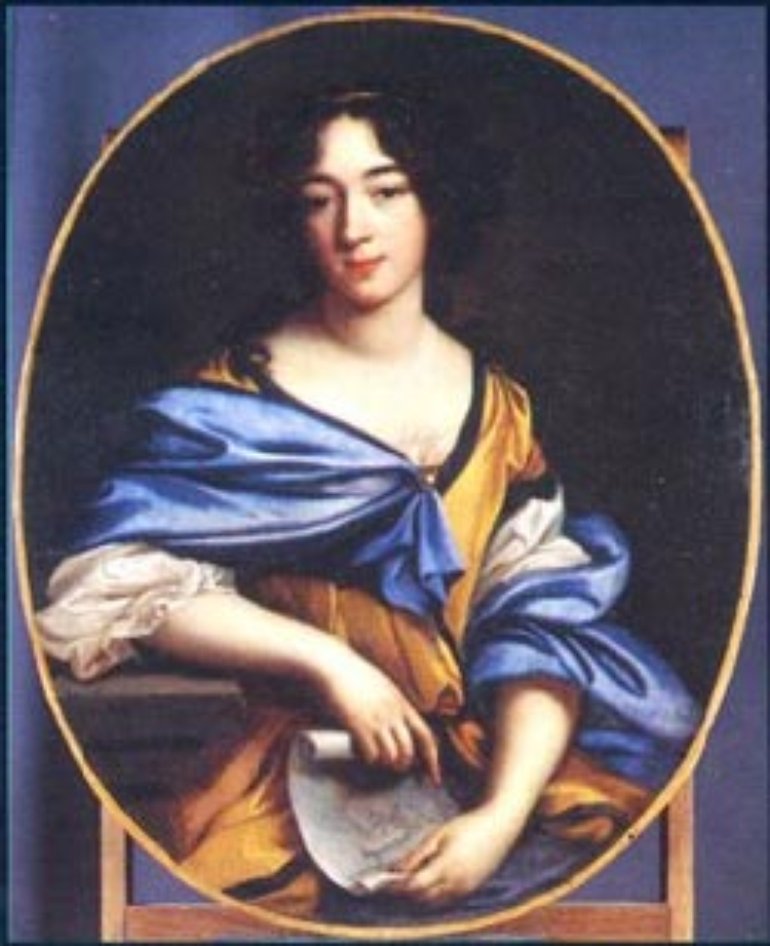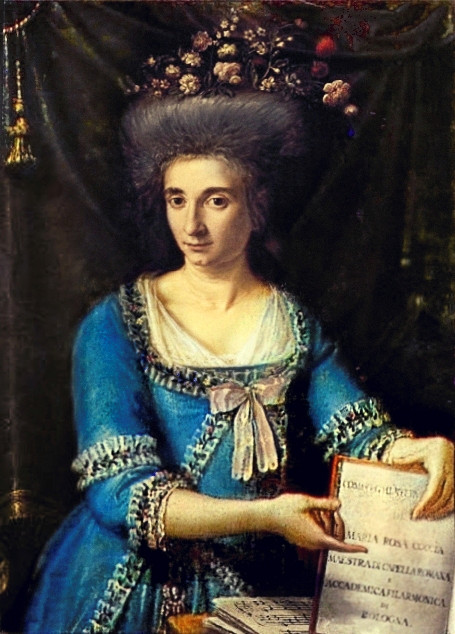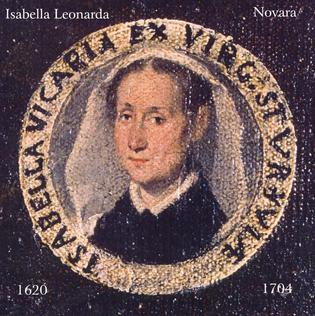Early Latin Music
In Renaissance Italy, one of the only ways for women to pursue their musical inclinations was to become nuns. Insulated convent communities provided women the opportunity to compose and perform music, a practice that would not have been condoned outside convent walls.
Convents competed with one another for musical superiority and aimed to train the highest quality musicians for both monetary gain and to increase their reputations. In some cases, women who showed a propensity for musicianship were recruited to particular convents where they had the opportunity to write and perform music. In Milan, for example, musical nuns were essential to the local economy. These women were known as “permanent virgins” (Kendrick 166), contributing to the convent’s prestige in the religious community.
Because convents were typically under the control of clergymen, the local population’s permission of musical activity often determined whether or not a convent actually allowed its nuns to perform. Convent music was not intended to be public, and the strict enforcement of clausura, which restricted nun’s access to the outside world, made it difficult for nuns to be seen and heard beyond the walls of their convents. This increased the perception that they were celestial and heavenly beings, which aided the church in maintaining its mysterious image.
Several composers of convent music, determined to associate with the outside world and ensure their music was proliferated, defied the rules of clausura. Their fortitude provides us with the opportunity to learn about these composers and their work, while gaining a greater appreciation for sacred and secular compositions beginning in 16th century Italy, paving the way for future generations of women composers and musicians to perform, write and disseminate music.
Sources:
Glickman, Sylvia, and Martha Furman Schleifer, editors. From Convent to Concert Hall, A Guide to Women Composers. Greenwood Press, 2003, p. 56.
Kendrick, Robert L. Celestial Sirens, Nuns and their Music in Early Modern Milan. Clarendon Press Oxford, 1996.
Montford, Kimberlyn. “Holy Restraint: Religious Reform and Nuns' Music in Early Modern Rome.” The Sixteenth Century Journal, Vol. 37, No. 4 (Winter, 2006), pp. 1007-1026. https://www.jstor.org/stable/20478126


